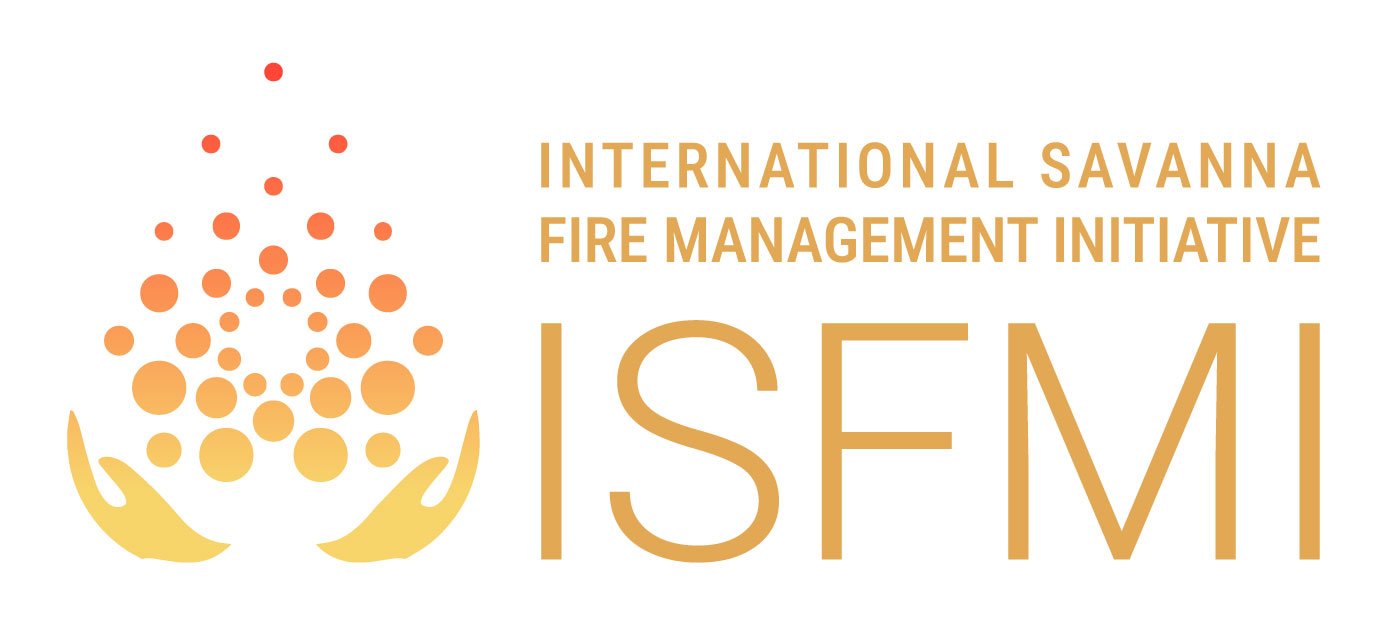
Americas - Regional Profile
Indigenous peoples of the Americas have strong histories of fire management, traditions that were often interrupted by colonial policies of fire suppression and prevention. Mesoamerica and South America now generate 12% of global savanna fire emissions, with late dry season fire emissions impacting the health of communities, and undermining the region’s globally significant biodiversity values.
Overview - Fire in the Americas
Landscapes
There are extensive fire-prone savannas within Mesoamerica and South America. Among the most significant in South America are the Cerrado of Brazil and Paraguay, the Llanos of Venezuela and Columbia and the Gran Sabana of Venezuela, Brazil and Guyana. Important savannas also exist in Mesoamerica, including in Belize, Guatemala, Honduras, Mexico, Nicaragua, and the Caribbean.
The different savanna sub-regions of Mesoamerica and South America vary widely in size. In South America the savannas in total cover more than 269 million ha. Most of this, 76%, lies within the Cerrado. The Venezuelan Llanos and the Llanos Orientales of Columbia in contrast cover only 28 million ha. or 11% of the savanna total. In other parts of the broader region, such as in Mesoamerica and the island environments of the Caribbean, tracts of savanna may be much smaller, such as such as in the case of Belize where the Pine Savannas are less than 3,000 km2. Notwithstanding their size, some of these smaller savanna areas have great importance in terms of their unique ecosystems and biodiversity.
Fire Traditions
Indigenous peoples across Mesoamerica and South America have long histories of fire management, using fire for a range of cultural, livelihoods and ecological management purposes. These range from the Mayan communities of Belize and Guatemala, to the Pémon peoples of Venezuela and Guyana, to several groups in the Cerrado of Brazil, such as the Kayapó, Tupi-Gua- rani, Krahô, and Bororo, who practiced very refined fire management methods. The Kayapó, for example, recognized and managed more than 40 types of forests, savannas, and grasslands. They used fire to create islands of resources (orchard patches) where they planted several species of fruit trees and other useful plants. Fire was used to make firebreaks around these orchards to protect them from accidental burns. Specific fire regimes were applied to stimulate the flowering and fruiting of some species or to control plant diseases.
Fire Baseline
With colonisation leading to the introduction of policies of fire suppression and prevention, and also linked to processes for the conversion of savanna for agriculture, intense, destructive late wildfires in savanna have become a significant problem in Mesoamerica and South America, coming at great economic cost and damaging infrastructure and biodiversity.
There is a growing recognition in all savanna sub-regions of Mesoamerica and South America that severe dry season wildfires are having negative impacts upon public health and safety due to the direct impacts of particulate emissions and regional haze during peak burning seasons.
Fire-induced crop loss and impacts upon local and regional livelihoods are increasingly untenable as populations increase and fires become more frequent. Tourism and visitor enjoyment is being impacted by smoke events, thus affecting income.
Intense fires are impacting biodiversity due to severe impacts on fire-sensitive forests adjacent or embedded in fire-prone savannas.
Fire Emissions
Approximately 12% of global savanna fire emissions are generated in Mesoamerica and South America.
Our Work in the Americas
Several countries in the Americas could realise benefits for communities, climate and biodiversity by encouraging the revitalisation of fire management traditions. In Mesoamerica and South America these include but are not limited to Belize, Bolivia, Brazil, Colombia, Guatemala, Guyana, Peru and Venezuela.
ISFMI has currently active Green Climate Fund readiness projects in Belize and Guatemala, and is developing projects in Colombia. ISFMI also works with partners in Brazil to cooperate in support of knowledge sharing and exchange on traditional fire management.
More Resources
Key resources for learning more about the potential for climate, communities and biodiversity through fire management in the Americas.
On this website see content focused on the Americas within:


